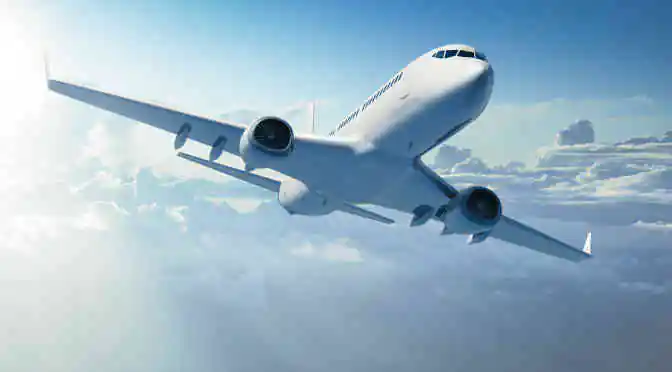Drones, once associated almost entirely with the military, have now become prevalent in a number of different sectors. In medicine, drones are being used to transport medical supplies and emergency equipment like defibrillators. In agriculture, drones track plant health and the effectiveness of irrigation systems. Drones are being used in media to capture live events and provide more in-the-moment news coverage. Drones have even been used to help endangered species by tracking hunters and poachers. The potential for drone technology is immense; no longer viewed as just weapons, the negative connotations surrounding the word “drones” has shifted to something more positive.

Benefits and Challenges
Also known as unmanned aerial vehicles (UAVs), drones come in various shapes and sizes and are made of lightweight composite material for durability and the ability to fly at high altitudes. They are equipped with advanced GPS systems and cameras for target detection. They replace the need for man power, and, most importantly, they can reach a destination much faster than a manned vehicle, making them critical for emergencies and time-sensitive tasks.
Drone companies currently face one major challenge: meeting strict safety regulations, which include anti-collision and harsh weather resistance requirements. Because drones often cover great distances and travel at high speeds, it is imperative that they are able to withstand all types of environmental conditions. Drones also tend to be quite expensive to produce, therefore it is even more important that they are built to last.
Battery explosions are another related concern, as most drones use lithium polymer batteries that can catch fire, even in mid-air. To prevent this, manufacturers have developed special fire-resistant sacks to protect battery packs. Korean company, KAIST, has even built a fire-resistant and flame-retardant drone known as FAROS, which is being used to detect fires inside buildings.
Creative Uses
Drones are being used in more “creative” ways as well. According to an article published by Nerdist, the popularity of the Pokémon Go app, released several days ago in a handful of countries, has led one individual to program a drone that allows him to catch Pokémon without having to leave his desk. According to another article published by Engadget, Virgin Active gyms are using drones to serve balls to tennis players to help them improve their game. The drones are essentially modernized, high-tech versions of ball machines that don’t have to be manually adjusted and can send out balls from all angles, distances, and at a variety of speeds.
It is clear that we’ve only just scratched the surface when it comes to drone applications. While the use of drones as weapons can be highly controversial, this should not deter us from continuing to discover ways in which they can be used to benefit our world.
Pre-order the 2016-2020 Global UAV Battery Market Report at a 20% Discount



